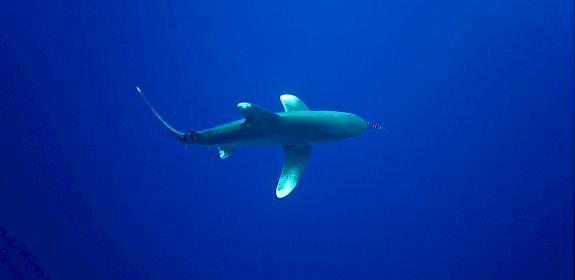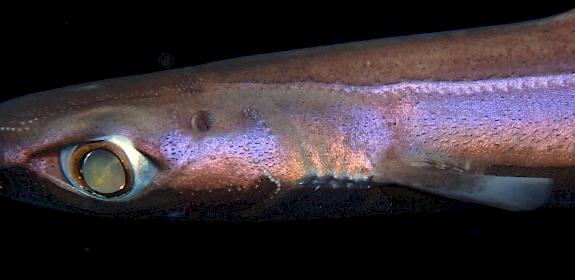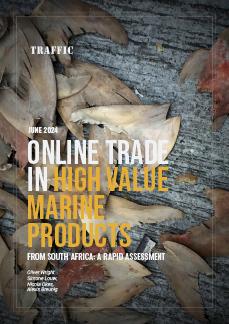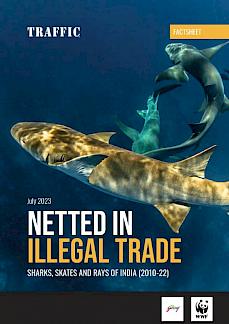
a return to healthy populations of sharks and rays
Modern forms of sharks and rays first emerged over 150 million years ago. But the introduction of modern fishing techniques has spelled disaster for these ancient creatures. Irresponsible and unsustainable fishing practices has led to a massive decline in shark numbers—a huge jolt to ocean ecosystems in little over 50 years.
The most serious declines have been in the Coral Triangle and the Mediterranean. Many shark species are slow growing, late to mature and produce few young, making them highly susceptible to over-fishing. Sharks are caught both for their fins—eaten as a delicacy in sharks fin soup in Asia, and for their meat, with Europe a major market. Removal of these key predators from the food chain has serious consequences for marine ecosystems, which in turn has repercussions for people everywhere, threatening local livelihoods and food security.
100 million
sharks are killed every year
400
different species of sharks have been recorded in our oceans
~50%
of the Mediterranean's shark and ray species are at risk of extinction according to IUCN
deep sea gillnets
are responsible for dangerous levels of bycatch in many parts of the world
over 14,000
tonnes of shark fins were exported into Singapore between 2005–2007 and 2012–2014
threats facing sharks and rays
Sharks are caught both for their fins—eaten as a delicacy in sharks fin soup in Asia, and for their meat, with Europe a major consumer market.
Over-fishing is a major concern, with up to a 100 million sharks caught internationally each year and many ray species fished for consumption in Asian markets. Traceability throughout shark and ray trade would make major inroads to conserving threatened populations, and much of TRAFFIC’s work in this area is dedicated to helping develop the national and international systems and agreements to ensure sustainable and traceable trade.
Sharks awaiting processing at a market in Delhi, India © Andy Cornish / WWF
i
our recent work on shark and ray trade
3D-replica shark fins
International customs officials face the massive challenge of identifying and intercepting illegal shark fins in trade. So we devised a revolutionary training approach to help out.
We've used the latest tech to 3D scan, print, and paint 22 shark fins from 12 key CITES-listed species, and made these scans freely available to the world. Find out more about how this is protecting sharks ...
The Global Shark and Ray Initiative
The Global Shark and Ray Initiative (GSRI) is a recent collaborative project working to address the crisis facing sharks and rays.
Its goal by 2025, through saving species, managing fisheries and facilitating responsible trade, is that the conservation status of the world’s sharks and rays has improved through the prevention of extinctions and the adoption of international policies protecting populations.
SharkTrace
A key obstacle to the protection of shark and ray species, and the implementation of sustainable trade, is the current lack of a universal traceability mechanism.
The SharkTrace project is working to develop an integrated traceability system whereby shark and shark products are tagged at the point of capture on the vessel. This will enable legitimate traders to demonstrate that shark and ray products are from legal sources, help regulators identify those which have been illegally caught or traded, and ultimately contribute to the protection of sharks from over-exploitation and unsustainable trade.
Detect IT: Fish
In 2017, TRAFFIC, WWF and Hewlett Packard enterprises launched an online tool to help global Customs and enforcement agencies better detect illegal trade in fish.
Illegal and unsustainable fishing is causing many fish populations to crash, threatening not just the biodiversity of our oceans, but also the livelihoods of those who depend on them. Detect IT: Fish was developed to collect trade information for analysis by Customs agencies, law enforcement, government departments and NGOs, helping reveal dangerous trends and illegal trade.
CITES appendices
At the 2013 Conference of the Parties to CITES (CITES CoP15), TRAFFIC supported ultimately successful proposals to list seven shark and two manta ray species within the Appendices of the Convention.
These measures that came into force in September 2014 and have since helped progress in managing sustainable trade in threatened populations. At CoP18 TRAFFIC also supported the listing of Shortfin and Longfin Mako Sharks in Appendix II, which also was accepted by Parties.
© Jürgen Freund / WWF
i
Traceability in supporting CITES-listed trade
Traceability in shark and ray trade, particularly in CITES Appendix II-listed species is fundamental to the effective conservation of protected species.
This document, produced for the 17th CITES Conference of the Parties outlines the mechanisms and our recommendations for sustainable, traceable trade in listed species.
related reports to SHARKS and RAYS
Explore the latest publications, reports and papers from TRAFFIC related to shark and ray conservation and trade.
Visit our resource library for the full TRAFFIC publication archive.

Trade in Wildlife Information eXchange
The African and European Union Trade in Wildlife Information eXchange's are online tools developed to facilitate information exchange and international co-operation between law enforcement agencies.
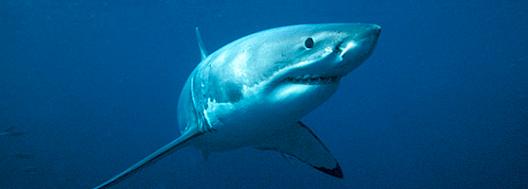
Global Shark and Ray Initiative
The goal of the GSRI is that by 2025, the conservation status of the world’s sharks and rays has improved–declines have been halted, extinctions have been prevented, and commitments to their conservation have increased globally.

